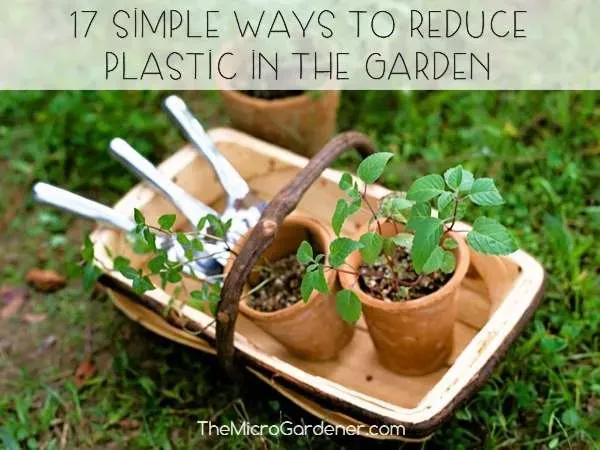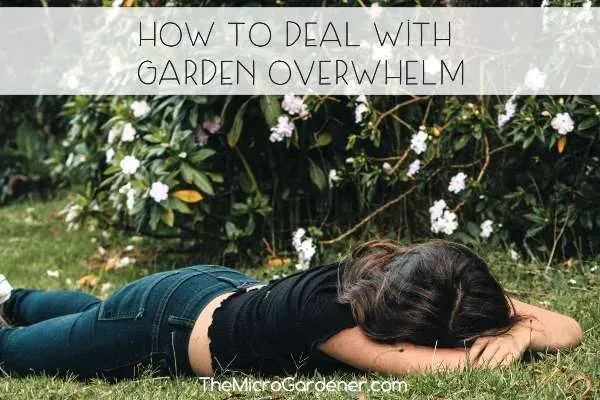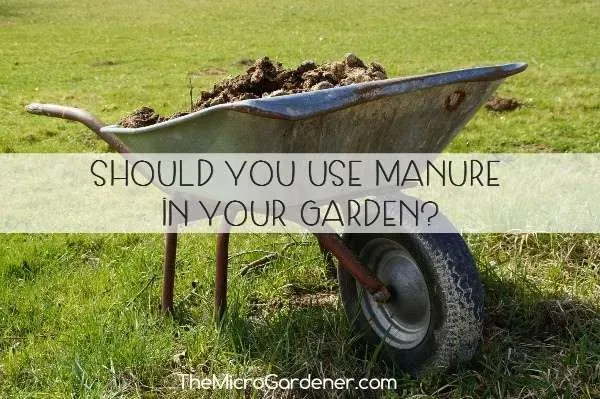Crafting a DIY Vertical Garden with Bamboo Poles

Hey there, fellow art enthusiasts and green thumbs! Robert Kline here, ready to share a simple, sustainable, and oh-so-charming DIY project that’ll add a touch of vertical elegance to your garden: a bamboo tepee trellis.
Picture this: vibrant climbing plants reaching for the sky, their tendrils gracefully twisting around sturdy bamboo poles. It’s a gardening technique that’s both practical and visually stunning, allowing you to maximize space while creating a captivating focal point in your outdoor haven.
Why Bamboo? The Eco-Friendly Champion
At Robert Kline Art, we’re all about embracing natural materials, and bamboo is a true star in the sustainability department. This fast-growing grass is not only renewable but also incredibly strong and lightweight. Plus, it just exudes a natural beauty that complements any garden setting.
Building Your Bamboo Tepee: A Step-by-Step Guide
Materials:
- Bamboo stakes (length depends on your desired tepee height)
- Strong rubber band
- Garden twine or baling twine (about 40cm long)
- Scissors
Instructions:
-
Gather Your Stakes: Hold the top of your bamboo stakes together, ensuring the ends are level. Secure them tightly with a strong rubber band about 5cm from the top.
-
Twine Time: Just below the rubber band, begin wrapping your twine over and under each stake, moving around the bundle. This creates a secure bond between the poles.
-
Tie it Off: Once you’ve wound the twine several times around the stakes, tie it off with a double knot. Now you can safely remove the rubber band.
-
Fan Out and Secure: Spread the base of the stakes to create your tepee shape and firmly plant them into your garden bed or pot.
-
Extra Support (Optional): For added stability, especially with heavier climbing plants, tie additional twine horizontally around the tepee at different levels.
 Bamboo stakes tied together with string to make a tepee
Bamboo stakes tied together with string to make a tepee
Expert Tip from Sarah, a Robert Kline Art gardening guru: “Using green lashing twine helps it blend seamlessly with your plants as they grow. It’s like camouflaging the support system!”
Beyond the Basic Tepee: Unleashing Your Creativity
The beauty of this DIY project lies in its versatility. You can customize your bamboo tepee to perfectly suit your gardening needs and aesthetic preferences:
-
Size Matters: Use shorter stakes for compact plants like bush beans or taller stakes for robust climbers like cucumbers or indeterminate tomatoes.
-
Shape Shifter: While the classic tepee uses three or four stakes, don’t hesitate to experiment with different numbers to create unique structures.
-
Horizontal Lines: Incorporating horizontal strings not only enhances stability but also provides additional support for your plants to climb and flourish.
 Tomatoes growing up a bamboo teepee in a garden
Tomatoes growing up a bamboo teepee in a garden
Reap the Rewards: Benefits of a Vertical Garden
-
Space Saver: Vertical gardens are a godsend for those with limited gardening areas, allowing you to grow more in less square footage.
-
Improved Air Circulation: Elevating your plants promotes better airflow, reducing the risk of fungal diseases and keeping your plants healthy and happy.
-
Easy Pest Control: Keeping your crops off the ground makes it more challenging for those pesky critters to reach them.
 Bamboo stakes are used to support tomatoes in a garden
Bamboo stakes are used to support tomatoes in a garden
Time to Get Crafty!
There you have it—a simple yet effective way to incorporate vertical gardening into your outdoor space. Crafting a DIY bamboo tepee is a rewarding experience that combines creativity, sustainability, and the joy of watching your plants thrive.
So, gather your materials, put on your gardening gloves, and let’s get crafting! Don’t forget to share your beautiful creations with us at Robert Kline Art. We can’t wait to see what you grow!
P.S. Looking for more unique and handcrafted gifts inspired by nature? Explore the exquisite collection on our website and discover the perfect present for your loved ones (or yourself!).
